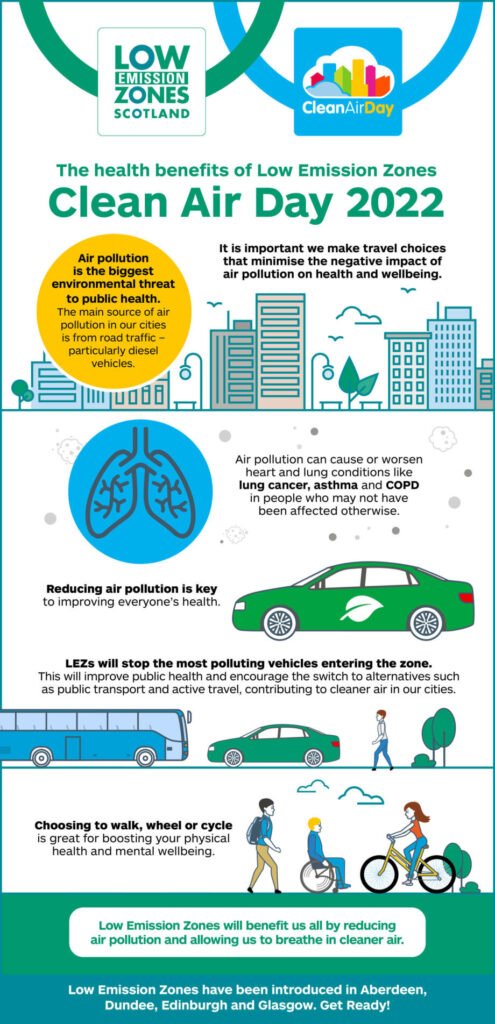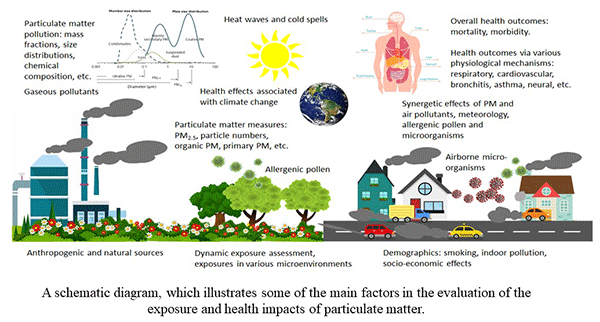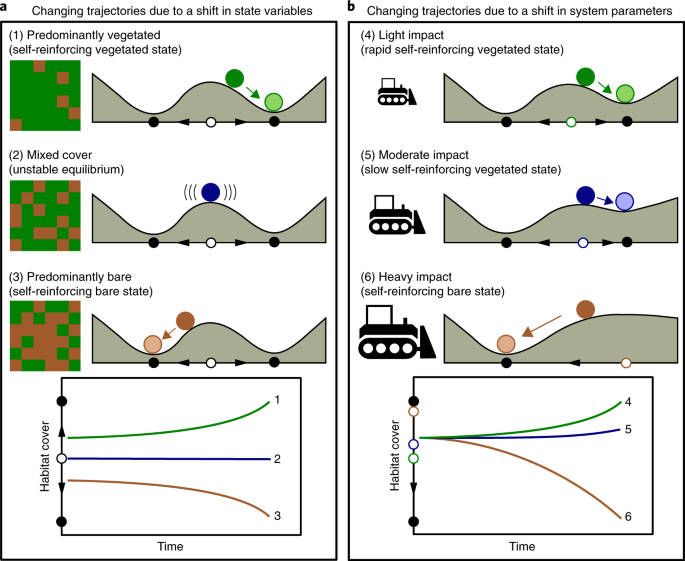If you’re interested in finding an eco-friendly solution for storm water management, look no further than permeable pavement. This innovative approach allows water to seep through the pavement surface instead of running off, minimizing the risk of floods and water pollution. In this article, we will explore the benefits of permeable pavement and how it can be an effective and sustainable solution for managing storm water. So, if you’re ready to learn about this exciting technology, read on and discover how permeable pavement can make a difference in storm water management.
1. What is Permeable Pavement?
Permeable pavement is a type of sustainable pavement that allows water to infiltrate through its surface, helping to manage stormwater runoff effectively. Unlike traditional pavements, which are impermeable and contribute to increased runoff and flooding, permeable pavement offers a solution that promotes infiltration and reduces the burden on stormwater management systems.
1.1 Definition
Permeable pavement refers to a range of materials and techniques used to construct surfaces that allow water to pass through and be absorbed into the ground below. It is designed to mimic natural processes by allowing rainwater to infiltrate, which helps replenish the groundwater and reduce the strain on stormwater infrastructure.
1.2 Types of Permeable Pavement
There are several types of permeable pavement, each with its unique characteristics and applications. Some common examples include porous asphalt, pervious concrete, permeable interlocking concrete pavers, and grid systems. These various types offer different levels of permeability, durability, and aesthetic appeal, allowing for flexibility in design and implementation.
2. Importance of Stormwater Management
Effective stormwater management is crucial, especially in urban areas where impervious surfaces dominate the landscape. Urbanization leads to increased surface runoff, which can overwhelm existing drainage systems, cause flooding, and contaminate water bodies with pollutants. Recognizing the significance of managing stormwater is vital to mitigate these adverse impacts.
2.1 Increasing Urbanization and Impacts on Stormwater
As cities continue to grow, land surfaces are increasingly covered in impermeable materials such as roads, parking lots, and buildings. These impervious surfaces prevent rainwater from infiltrating the soil, resulting in larger volumes of stormwater runoff that need to be managed. This rapid runoff can strain existing infrastructure and lead to a host of environmental issues.
2.2 Challenges in Traditional Stormwater Management
Traditional stormwater management relies heavily on conveyance systems, such as pipes and culverts, to channel excess runoff away from developed areas. However, these systems have limitations and are often overwhelmed during heavy rainfall events. Additionally, the collection and transportation of stormwater to treatment plants require significant energy and resources.
2.3 Need for Sustainable Solutions
The growing awareness of the environmental and social impacts of stormwater runoff has highlighted the need for sustainable stormwater management solutions. Permeable pavement offers a promising approach by allowing water to infiltrate into the ground naturally. This sustainable solution helps reduce the burden on drainage systems, recharge groundwater, and improve water quality.
3. How Permeable Pavement Works
Understanding the principles and mechanisms behind permeable pavement is essential to appreciate its effectiveness in managing stormwater.
3.1 Principle of Permeability
Permeable pavement works on the principle of allowing water to percolate through its surface and into the underlying soil layers. The pavement material typically consists of a porous structure or voids that enable water to infiltrate, while still providing structural support for vehicular or pedestrian traffic.
3.2 Structure and Composition of Permeable Pavement
The composition of permeable pavement varies based on the type chosen. Porous asphalt, for example, is a mixture of aggregates and bitumen with interconnected voids, allowing water to pass through. Pervious concrete incorporates coarser aggregates, reducing the amount of cement and creating a porous matrix. Permeable interlocking concrete pavers feature a pattern of gaps that facilitate water infiltration.
3.3 Infiltration and Drainage Process
When rainwater falls onto permeable pavement, it infiltrates the surface and enters the void spaces within the pavement material. From there, it slowly infiltrates into the underlying soil layers, replenishing the groundwater. Excess water is safely drained away through an underlying bedding layer or drainage system, preventing pooling and reducing the risk of flooding.
4. Benefits of Permeable Pavement
Permeable pavement offers a range of benefits that make it an attractive solution for stormwater management.
4.1 Stormwater Runoff Reduction
By allowing rainwater to infiltrate into the ground, permeable pavement significantly reduces the volume of runoff generated during rainfall events. This reduction in runoff helps prevent flooding, reduces the strain on stormwater infrastructure, and minimizes the risk of erosion and sedimentation in water bodies.
4.2 Groundwater Recharge
One of the notable benefits of permeable pavement is its ability to recharge groundwater. By allowing water to infiltrate into the soil, permeable pavement helps replenish underground aquifers, which are essential sources of freshwater. This sustainable water management approach contributes to long-term water availability and sustainability.
4.3 Improved Water Quality
Traditional pavements contribute to water pollution by allowing pollutants to accumulate on their surfaces and get washed away during rainfall. Permeable pavement, on the other hand, acts as a natural filter, removing pollutants and preventing them from entering water bodies directly. This improved water quality has positive impacts on ecosystems and human health.
4.4 Heat Island Mitigation
Impervious surfaces like traditional pavements contribute to the urban heat island effect, where urban areas retain and radiate heat, leading to higher temperatures. Permeable pavement can help mitigate this effect by promoting evapotranspiration and reducing surface temperatures through the infiltration of rainwater into the ground.
4.5 Enhanced Aesthetics
Permeable pavements have aesthetic advantages over traditional pavements. They offer a visually appealing, textured surface that can enhance the overall look of an urban area. Permeable interlocking pavers, in particular, provide an opportunity for creative designs with different color combinations and patterns.
4.6 Extended Pavement Lifespan
Permeable pavements often have a longer lifespan compared to traditional pavements. The infiltration and drainage process help prevent water accumulation and subsequent damage, such as cracking and heaving. This increased durability reduces the need for frequent repairs and replacement, resulting in cost savings over time.
5. Applications of Permeable Pavement
Permeable pavement can be employed across various settings to address stormwater management challenges effectively.
5.1 Residential Areas
Permeable pavement can be utilized in residential areas, such as driveways, walkways, and patio spaces. Implementing permeable pavement in these settings helps reduce stormwater runoff, control drainage, and enhance the visual appeal of the surroundings.
5.2 Parking Lots
Parking lots are often large expanses of impervious surfaces that generate significant amounts of stormwater runoff. By incorporating permeable pavement, parking lots can be transformed into aesthetically pleasing, environmentally friendly spaces that promote infiltration and reduce runoff.
5.3 Sidewalks and Pathways
Permeable pavement is particularly suitable for sidewalks and pathways as it provides a safe and durable walking surface while allowing water to infiltrate. It helps maintain pedestrian safety by reducing the risks of standing water, icing, and slipping.
5.4 Streets and Roads
Permeable pavement can also be successfully applied in streets and roads, particularly in low-traffic residential areas. It helps manage stormwater runoff while providing a pleasant and visually appealing street environment.
5.5 Recreational Areas
Recreational areas such as parks, sports fields, and playgrounds can benefit from the installation of permeable pavement. It helps prevent flooding, reduces the need for additional stormwater management infrastructure, and enhances the safety and usability of these spaces.
5.6 Green Infrastructure Projects
Permeable pavement is an integral part of green infrastructure projects that aim to restore and enhance natural processes within urban areas. Combining permeable pavements with other green infrastructure elements like bioretention areas and rain gardens can create a holistic approach to stormwater management and environmental sustainability.
6. Design Considerations for Permeable Pavement
Proper design is essential to ensure the effectiveness and performance of permeable pavement systems.
6.1 Soil and Site Analysis
Before implementing permeable pavement, a thorough analysis of the soil and site conditions is necessary. Factors such as soil composition, infiltration rates, groundwater levels, and slope need to be considered to determine the suitability of permeable pavement and the required design specifications.
6.2 Permeability and Drainage Capacity Evaluation
Evaluating the permeability and drainage capacity of the proposed site is crucial to determine the type of permeable pavement that will best address stormwater management needs. Conducting infiltration tests and analyzing the site’s hydrological characteristics help ensure the optimal design and functionality of the pavement system.
6.3 Choosing the Right Permeable Pavement Type
Selecting the appropriate type of permeable pavement for a specific application is vital to achieve the desired outcomes. Factors such as traffic volume, load-bearing capacity, durability, and maintenance requirements should be considered when choosing between porous asphalt, pervious concrete, or permeable interlocking pavers.
6.4 Structural Design and Load-Bearing Capacity
The structural design of permeable pavement systems should account for the expected traffic loads, including vehicles or pedestrian activities. Proper engineering practices and design calculations are necessary to ensure the pavement’s load-bearing capacity, stability, and durability over its intended lifespan.
6.5 Maintenance Planning
Developing a comprehensive maintenance plan is crucial to ensure the long-term performance of permeable pavement systems. Regular maintenance activities include periodic cleaning, removal of debris, inspection of the pavement surface, and repair of any clogging or damage. Adequate provisions for maintenance should be made in the initial design and planning stages.
7. Limitations and Challenges
While permeable pavement offers numerous advantages, there are several limitations and challenges to consider.
7.1 Freeze-Thaw Cycling
In regions with colder climates, the freeze-thaw cycle can pose challenges for permeable pavement. Water that infiltrates the pavement can freeze, expanding and potentially causing damage to the pavement surface. Proper design and materials that can withstand freeze-thaw conditions are essential to mitigate these issues.
7.2 Clogging and Maintenance Issues
Over time, permeable pavement can experience clogging due to sedimentation, debris accumulation, or material deterioration. Adequate maintenance and regular cleaning are necessary to prevent clogging and ensure the pavement’s functionality and longevity.
7.3 Cost Considerations
Permeable pavement systems can sometimes be more expensive to install compared to traditional pavements. The additional costs are associated with specialized design, materials, and construction requirements. However, considering the long-term benefits and potential savings in stormwater management, the cost considerations tend to be outweighed by the advantages.
7.4 Climate and Geographical Constraints
Certain climatic and geographical conditions can limit the effectiveness and applicability of permeable pavement. For example, areas with high groundwater levels or low permeability soils may not be suitable for certain types of permeable pavement. Site-specific analysis and design considerations are necessary to overcome these constraints.
8. Case Studies
Case studies provide practical examples of successful permeable pavement implementations.
8.1 Project A: Permeable Pavement Implementation in Urban Park
In this case study, a large urban park implemented permeable pavement in its walkways and plaza areas. The permeable pavement not only enhanced the park’s aesthetic appeal but also proved effective in managing stormwater runoff. The park saw a substantial reduction in flooding incidents and improved groundwater recharge.
8.2 Project B: Permeable Parking Lot
A commercial property in a densely urbanized area installed a permeable pavement parking lot. The project aimed to minimize stormwater runoff and improve water quality. The permeable pavement system successfully reduced runoff volume and pollutants, contributing to a more sustainable and environmentally friendly parking area.
8.3 Project C: Permeable Sidewalks and Streets in a City Center
In this case study, a city center utilized permeable pavement for its sidewalks and streets as part of a larger green infrastructure initiative. The permeable pavement not only provided effective stormwater management but also enhanced the city’s overall aesthetics and walkability. The project showcased the successful integration of permeable pavement with other green infrastructure elements.
9. Future Developments and Research
Permeable pavement technology continues to evolve, and ongoing research and development efforts are focused on further improving its performance and addressing current limitations.
9.1 Advances in Permeable Pavement Technology
Researchers are exploring new materials and design techniques to enhance the effectiveness and durability of permeable pavement. Innovations such as modified asphalt mixtures and added filtration layers aim to optimize permeability, increase load-bearing capacity, and improve pollutant removal capabilities.
9.2 Integration with Green Infrastructure
The integration of permeable pavement with other green infrastructure elements, such as rain gardens and bioswales, is an area of active research and development. This holistic approach to stormwater management aims to maximize the environmental benefits and create resilient, sustainable urban landscapes.
9.3 Long-Term Performance Evaluation
Monitoring and evaluating the long-term performance of permeable pavement systems is essential to assess their effectiveness and functionality over time. Research efforts are focused on analyzing maintenance requirements, lifespan, and performance under different climatic and traffic conditions.
9.4 Cost Reduction and Economic Viability
Researchers and industry professionals are continuously working towards reducing the costs associated with permeable pavement installation and maintenance. Improved construction techniques, standardized design practices, and advancements in materials are expected to make permeable pavement more economically viable for widespread adoption.
10. Conclusion
Permeable pavement represents a sustainable and effective solution for stormwater management in urban areas. By allowing water to infiltrate into the ground, permeable pavement reduces stormwater runoff, recharges groundwater, improves water quality, and mitigates the urban heat island effect. Its diverse applications and benefits make it an attractive choice for residential areas, parking lots, sidewalks, and green infrastructure projects. Proper design considerations, maintenance planning, and ongoing research are essential to maximize permeable pavement’s effectiveness and address its limitations. As advancements continue and research progresses, the future of permeable pavement looks promising, offering long-term solutions for sustainable stormwater management.





